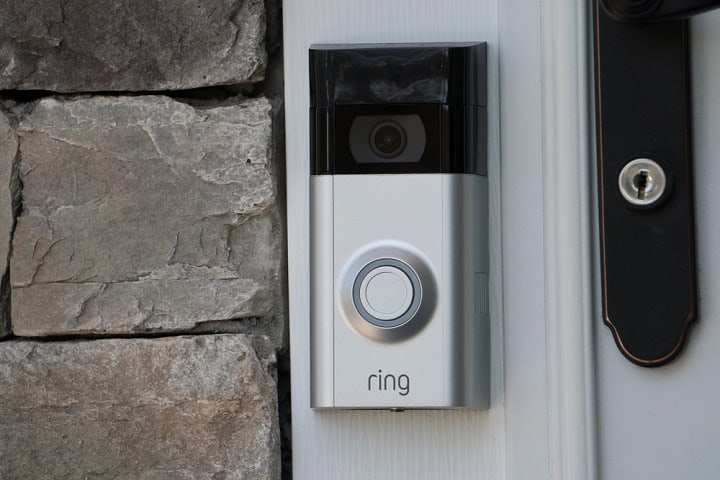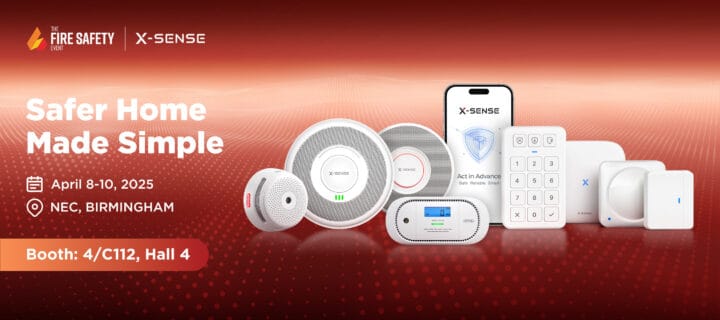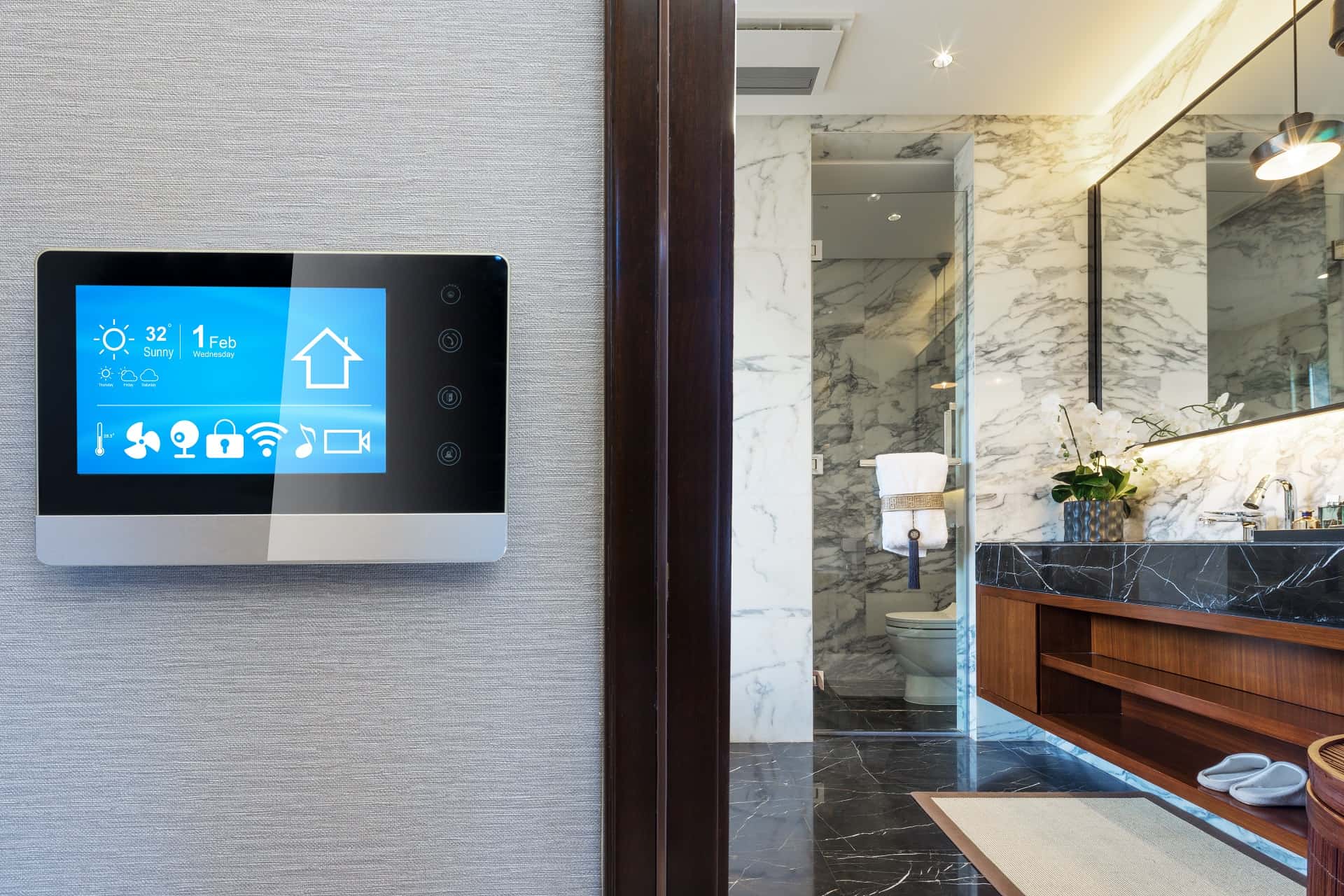Thinking about getting a smart doorbell but unsure if you need cloud storage? Many homeowners struggle with this decision. Should you pay for a subscription to store footage remotely, or can you get by with local storage options like SD cards or an NVR? In this post, we’ll break down the differences between local and cloud storage, including setup, costs, security, and convenience, so you can decide which option works best for you. By the end of this post, you’ll be in a better position to decide what’s best for your needs.
About Local Storage
Local storage lets you keep recordings without relying on a cloud service. The most common method is using an SD card that fits directly into the doorbell. This is a simple plug-and-play option, but storage space is limited, and if the doorbell is stolen, so is the footage. Another option is using an NVR (Network Video Recorder) or a home server, which stores footage on a central device in your home. While this setup offers more control and expanded storage, it requires additional hardware and technical know-how to configure. Both methods offer a way to keep recordings without relying on cloud services.
The setup for local storage can vary. Using an SD card is straightforward, as it typically only requires inserting the card into the designated slot on the doorbell. For a home server, the setup can be significantly more involved, requiring additional hardware and configuring network settings. The cost of local storage can be a one-time expense, like purchasing an SD card or setting up a home server, but it may also include ongoing costs for maintenance or upgrades. In terms of physical security, having local storage means that your video is not being sent to the cloud, and is physically stored on your doorbell or home server. These measures help prevent tampering or loss of data.
About Cloud Storage
When considering cloud storage for a smart doorbell, pricing and subscription fees can vary depending on the provider and the level of service you choose. Some companies offer basic plans with limited storage at lower costs, while others have premium options with more features and increased storage capacity for a higher monthly or annual fee. It’s important to review what each plan offers to see what fits your needs and budget.
Many smart doorbell brands offer cloud storage plans with added perks. For example, Ring’s subscription plan allows for video history, package detection, and person alerts, while Google Nest includes familiar face recognition. Without a subscription, some brands limit video storage or disable certain smart alerts, making cloud storage almost necessary for full functionality.
Cloud services often include features like remote access to video footage and enhanced data security measures. This means you can view live or recorded video from your doorbell through a smartphone or computer, even when you are not at home.
Many cloud storage services typically offer encryption and other security protocols to protect your data from unauthorized access. Some also implement two-factor authentication (2FA) for added security. These features can provide peace of mind, knowing that your home security footage is stored safely and can be accessed when needed. However, it’s still important to choose a reputable provider and regularly update your login credentials.
Comparison of Local and Cloud Storage
When considering the cost of local versus cloud storage for smart doorbells, several factors come into play. Local storage usually involves a one-time purchase of a memory card or a compatible storage device. Cloud storage often requires a subscription fee, which can add up over time. While the initial cost of local storage might appear cheaper, cloud storage can offer additional features that might justify its ongoing expense. Deciding between the two may depend on how much you are willing to invest upfront versus over a longer period.
Accessing your doorbell’s footage and receiving notifications and alerts is another important consideration. Cloud storage allows you to view your recordings and receive alerts from anywhere with an internet connection. This can be convenient if you are frequently away from home. Local storage requires physical access to the device or network it is connected to, which might limit where and when you can check your recordings. Setting up your local storage to be accessed from anywhere requires advanced technical skills and is out of reach of most folks.
When it comes to data security, cloud storage providers often have advanced security measures in place to protect your data. That said, there are many news stories of cloud stored videos from smart devices being accessed improperly or shared with the wrong people. Local storage security largely depends on how secure your home network is and how well you manage access to your devices. Each option has its own advantages and potential risks, so weighing these against your personal needs and concerns is crucial.
Local vs Cloud Stored Video
| Feature | Locally Stored | Cloud Stored |
|---|---|---|
| Access | Limited to home network unless remotely configured | Accessible from anywhere with an internet connection |
| Subscription | No subscription required | Usually requires a subscription |
| Security | Video is stored locally, reducing cloud security risks | Encrypted storage, but privacy concerns exist |
| Easy of Setup | SD cards are simple, NVRs require advanced setup | Generally plug-and-play with minimal setup |
| Cost | One-time cost for SD card or NVR setup | Ongoing costs can add up over time |
| Storage Capacity | Limited to SD card size or NVR storage | Varies by plan, often includes cloud backups |
In Summary
Deciding between local and cloud storage for a smart doorbell depends on what matters most to you. If you want full access to recordings from anywhere and don’t mind paying a subscription, cloud storage offers convenience and added security. If you prefer a one-time cost and more control over your data, local storage—especially with an NVR—can be a solid choice. Think about how often you’ll need to access your footage remotely, your budget, and your comfort level with managing storage to find the best fit for your home security needs.



